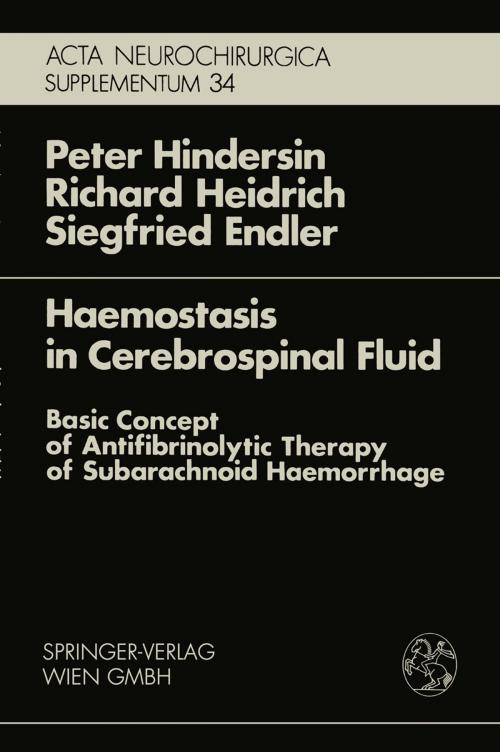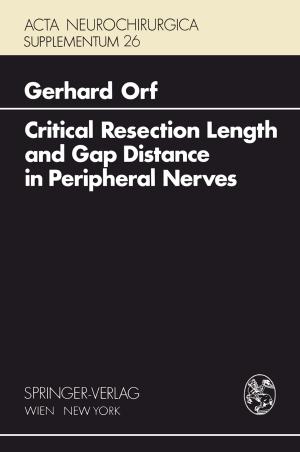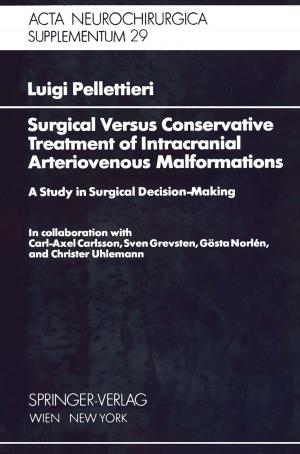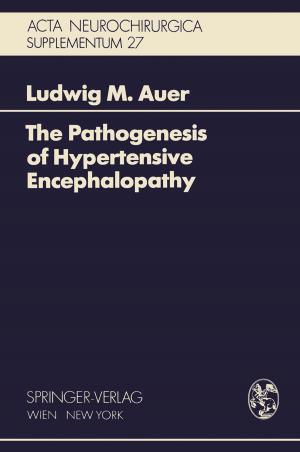Haemostasis in Cerebrospinal Fluid
Basic Concept of Antifibrinolytic Therapy of Subarachnoid Haemorrhage
Nonfiction, Health & Well Being, Medical, Surgery, Neurosurgery, Specialties, Internal Medicine, Neurology| Author: | P. Hindersin, R. Heidrich, S. Endler | ISBN: | 9783709140475 |
| Publisher: | Springer Vienna | Publication: | June 29, 2013 |
| Imprint: | Springer | Language: | English |
| Author: | P. Hindersin, R. Heidrich, S. Endler |
| ISBN: | 9783709140475 |
| Publisher: | Springer Vienna |
| Publication: | June 29, 2013 |
| Imprint: | Springer |
| Language: | English |
Almost a hundred years passed from the time of the first description of an intracranial aneurysm by Morgagni in 1761 to the year 1859, when Sir William Withey Gull arrived at the conclusion that haemorrhage in the subarachnoid space is caused by ruptured aneurysms. The introduction of lumbar puncture by Quincke 1891 and cerebral angiography by Moniz 1927 made it possible to establish the diagnosis of haemorrhage and its source. In recent decades the problems of treatment have come into prominence, first of all because of the inadequacy of conservative methods of treatment in most of the cases, and from surgical experience and its limitations which became apparent before very long. Because of the erratic development of neurosurgery and vascular surgery, above all, since the technique of microsurgery has been used, the entire removal of the source of haemorrhage has become a possibility, even though there were still quite different views taken regarding the most convenient time for surgical intervention, apart from the prevailing local conditions 134, 143, 144,261. In an up-to-date plan of treatment of subarachnoid haem orrhage (SAH) conservative measures are appropriate for bridging the pre-operative period, and must be considered the only solution in those cases in which the source of haemorrhage cannot be found. As far as the effectiveness of such conservative therapy is con cerned, the rate of re bleeding and the mortality provide sufficient comment.
Almost a hundred years passed from the time of the first description of an intracranial aneurysm by Morgagni in 1761 to the year 1859, when Sir William Withey Gull arrived at the conclusion that haemorrhage in the subarachnoid space is caused by ruptured aneurysms. The introduction of lumbar puncture by Quincke 1891 and cerebral angiography by Moniz 1927 made it possible to establish the diagnosis of haemorrhage and its source. In recent decades the problems of treatment have come into prominence, first of all because of the inadequacy of conservative methods of treatment in most of the cases, and from surgical experience and its limitations which became apparent before very long. Because of the erratic development of neurosurgery and vascular surgery, above all, since the technique of microsurgery has been used, the entire removal of the source of haemorrhage has become a possibility, even though there were still quite different views taken regarding the most convenient time for surgical intervention, apart from the prevailing local conditions 134, 143, 144,261. In an up-to-date plan of treatment of subarachnoid haem orrhage (SAH) conservative measures are appropriate for bridging the pre-operative period, and must be considered the only solution in those cases in which the source of haemorrhage cannot be found. As far as the effectiveness of such conservative therapy is con cerned, the rate of re bleeding and the mortality provide sufficient comment.















